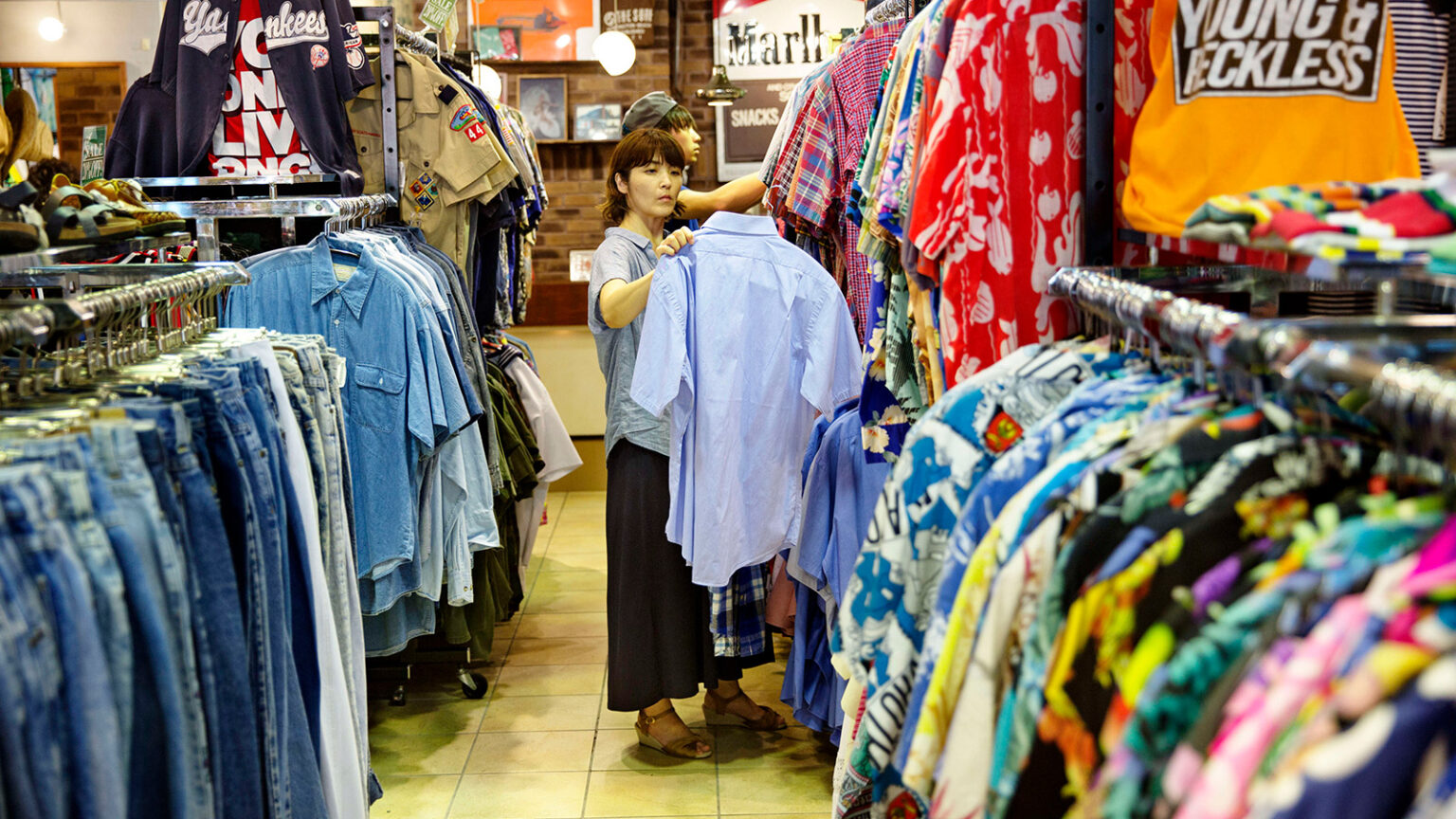The secondhand clothing market is set to carve out a significant slice of the global fashion industry, projected to represent 10% of total sales by next year. This surge is propelled by a combination of factors, including the prevailing cost of living crisis and escalating concerns regarding sustainability, which are steering consumers towards embracing “pre-loved” garments.
A report by GlobalData for resale specialist ThredUp reveals that global sales of pre-owned clothing skyrocketed by 18% last year, reaching a staggering $197 billion. Forecasts suggest that this figure will continue its upward trajectory, reaching an estimated $350 billion by 2028. While this milestone is expected to materialize slightly later than initially predicted, the growth in the secondhand market is undeniable.
Notably, the secondhand clothing market in the US outpaced overall fashion retail, exhibiting a remarkable seven-fold increase in growth compared to the stagnant sales in the broader fashion sector in 2023.
James Reinhart, co-founder and CEO of ThredUp, attributes the resilience of the resale sector to its value proposition, particularly during times when household budgets are strained by rising expenses. “When consumer sentiment is softer, value is key,” Reinhart notes, emphasizing the allure of secondhand clothing shopping as a means to attain greater value for one’s money.
Moreover, the appeal of secondhand clothing transcends generational boundaries, with over half of all shoppers having purchased something pre-owned in the past year. This inclination is particularly pronounced among younger demographics, with 65% of Generation Z and millennials embracing secondhand shopping. Additionally, nearly 40% of consumers cite affordability as a primary reason for opting for secondhand goods, while others are drawn to the allure of acquiring higher-end brands at a fraction of the cost.
The digital realm has played a pivotal role in driving the popularity of secondhand clothing chouces, with platforms such as Vinted, Depop, and ThredUp offering seamless online shopping experiences. Online resales are poised for exponential growth, projected to surpass $40 billion within the next five years.
Beyond digital platforms, the trend towards pre-loved fashion has permeated mainstream culture, with initiatives like the reality TV show Love Island featuring contestants promoting secondhand style. Traditional retail channels are also embracing the trend, with high street retailers like Selfridges and Primark exploring partnerships with secondhand sellers.
Childrenswear emerges as the fastest-growing segment of the secondhand market, while designer brands are increasingly collaborating with resale specialists to facilitate the resale of their products. This trend underscores a shift towards more sustainable consumption practices and reflects growing consumer consciousness regarding the environmental impact of fast fashion.
Legislation aimed at curbing the rampant waste generated by the fashion industry is further incentivizing brands to adopt more sustainable practices. As regulations tighten, brands are compelled to rethink their approach and explore avenues for reducing landfill waste.
Despite the robust growth in sales, profitability remains a challenge for many online fashion resale platforms. Companies like Vinted and Depop have reported substantial losses despite impressive sales figures. However, ThredUp remains optimistic about its prospects, anticipating a break-even point this year as sales continue to climb and profit margins expand.
In summary, the ascent of the secondhand clothing market signals a broader shift towards sustainable and value-conscious consumer behavior. With sustainability becoming an increasingly influential factor in purchasing decisions, the secondhand market is poised to play a pivotal role in shaping the future of fashion.
